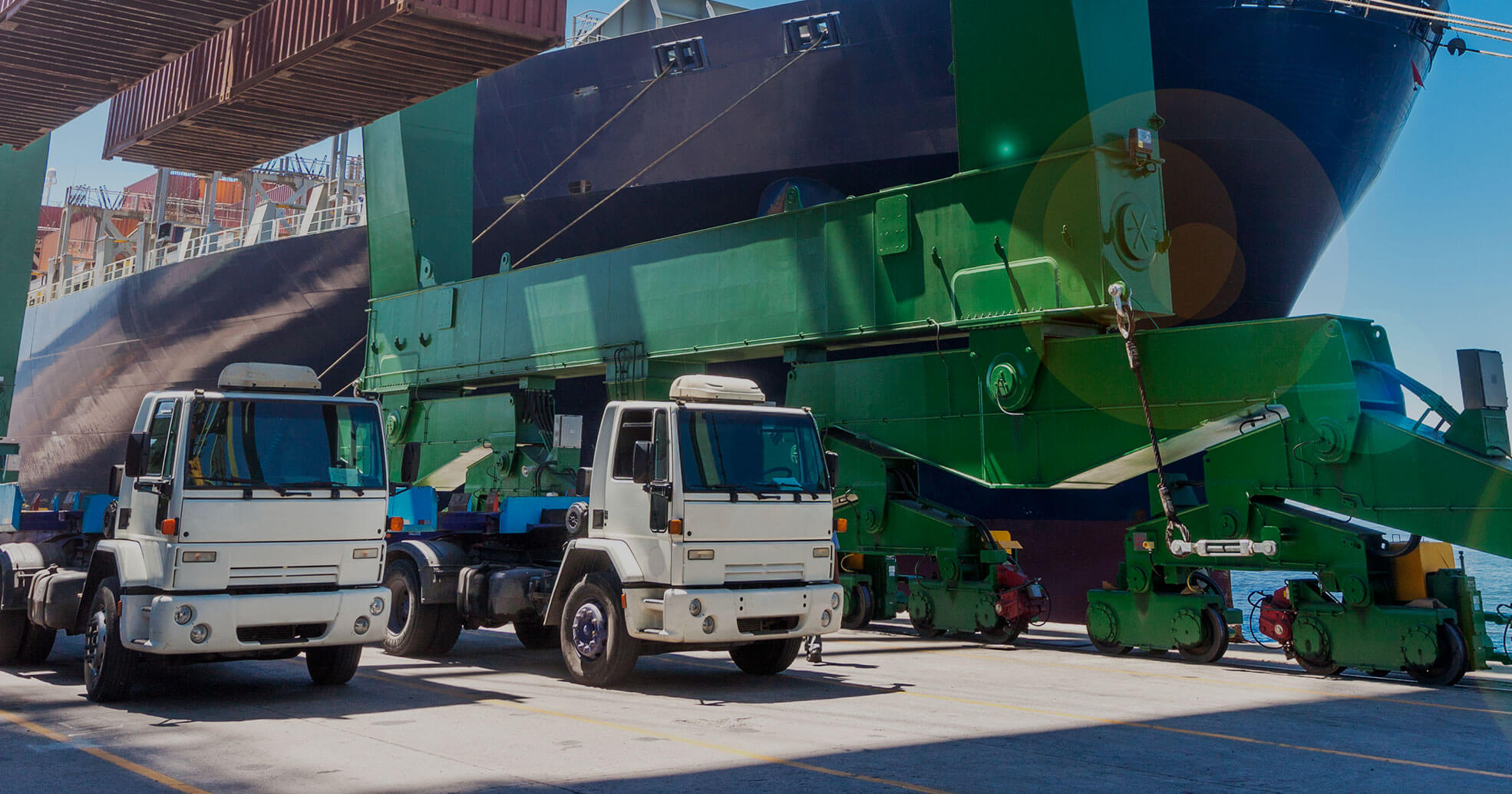It appears that the world’s biggest container shipping lines, Maersk, France’s CMA-CGM and Mediterranean Shipping Co., will get the go ahead to join together and form the P3 Alliance. The U.S. Federal Maritime Commission approved the alliance which means Europe and China will likely follow.
With a capacity of 22% above demand, the shippers are looking for ways to compete in a crowded market. After the formation of the P3 alliance, three companies will control 40% of the container loads transported between Asia and Europe and across the Pacific and Atlantic. A shared fleet of 255 ships and 2.6 million containers generates network efficiency allowing for faster, cheaper movement of cargo.
Despite overcapacity as a result of the financial crisis, shipping companies have been ordering bigger, more fuel-efficient vessels as a way remain competitive in a rate-sensitive industry. New ships with the capacity to haul 18,000 containers use 35% less fuel than the current fleet. Since the start of 2014 rates between Asia and Europe decreased 50% while fuel prices increased.
Other shipping companies will look towards consolidation if they want to continue their business.
The quantity and diversity of containers on the mega-ships presents a new challenge to Cargo Ship Insurance firms. With the equivalent of 18,000 containers on board, the traditional standard of generalaverage in which shippers share cost of damages or expenses in proportion to the exposed cargo’s value, won’t work.
Using the general average to determine share in the loss of a mega-ship with over 10,000 beneficial cargo owners would take years. Since owners are not paid off until the value of the cargo is determined, they would wait years before their claims could be paid.
To avoid this situation, the London-based reinsurance firm Swiss Re, is proposing a straightforward method termed the Landmark Consortium. Under this method which would only affect container ships, the goods in each container would be given a value of $30,000 for liability purposes. The maximum loss for an 18,000 capacity ship is then $540 million.
The Landmark Consortium would guarantee a loss payout to the cargo owners and direct release of their containers without the involvement of adjustors. The owners of the ship would no longer need to declare general average for their losses or require guarantees from freight forwarders, consignees or consignors. In addition, they would see a reduction in administrative costs and faster settlement of hull claims.

 1-888-910-4747
1-888-910-4747
